
Photo Gallery | 173812 Views | May 06,2019
Aug 29 , 2025.
For some, moving is a nightmare, for others it is a true dream, but for Vyonna Rukuno from Kenya it was a step into the unknown, which opened up for her more than she could have imagined: a new profession, friends from different parts of the world, and even a sense of love for winter, which she had previously seen only in films.
How did Vyonna find out about the employment programme at a large Russian company? How did she manage to "feel at home" in a new country? And what stereotypes about Russians turned out to be true? You will find this and much more in our material.
According to Vyonna, the decision to participate in the Alabuga Start programme was made after she accidentally saw the information about the project on the Internet. The opportunity to gain professional skills, build a career without work experience, and learn about another culture seemed promising to her.
The selection process for Alabuga Start included submitting an application on the website, passing business simulations assessing the level of analytics and communication, learning one hundred basic words in Russian, and interviewing an HR specialist of the programme. This was followed by a medical examination, translation of the documents, and waiting for an invitation.
- The whole journey took me about four months. They say it's faster now, – Vyonna laughs.
The girl admits: having the ticket to Russia in hand, which was paid for by the company, was the very moment when there was no turning back, and new opportunities opened up ahead. In Kazan (the capital of the Republic of Tatarstan – ed. note), Vyonna was met by programme staff and accompanied to Yelabuga, where the Alabuga SEZ is located. This support played an important role in the first days of her stay in Russia, helping her to adapt faster and feel more confident in an unfamiliar environment.
– It was a long flight, with a transfer in Istanbul. But when they meet you at the airport, you realize that you are not a stranger here, – Vyonna says.
Today, Vyonna lives in a corporate hostel with other Alabuga Start participants from different countries: Nigeria, Rwanda, Sri Lanka, Zambia, Sierra Leone, Uganda and Kyrgyzstan.
— It’s like getting to know the whole world in one house, she laughs. We taste each other's dishes, talk about our countries, and sometimes learn Russian together.
Over time, Vyonna began supporting new participants: showing them the city, accompanying them to the store, sharing tips on household issues and helping them master basic phrases in Russian.
– I remember how everything was new in the early days. Having someone around who has already walked this path is priceless, – she says.
As part of the programme, each participant chooses one of seven fields. Vyonna chose the profession of a production operator, noting that this field provides an opportunity to learn new skills and obtain a demanded profession.
The work schedule includes two days of work and two days of learning Russian language. Every six months, an assessment is conducted, including the test on the knowledge of the Russian language, the participation in corporate games and assessment of production activities.
– During my participation in the programme, I managed to get my first promotion and became a technician. A salary of $ 1,100 is enough for ordinary purchases, and to pay for accommodation in hostels (it costs only $ 44 per month), and there even remains some money for savings, – says Vyonna.
According to the girl, the work was difficult in the first weeks due to the language barrier, but today she is already independently training new employees, sharing her professional knowledge and experience with them.
– At first it was difficult: no one in the brigade spoke English. We communicated by gestures. I'm currently training new employees myself. This is my personal growth and my contribution to the team, – our heroine admits.
In her free time, Vyonna participates in the programme's activities, including excursions and sports events.
– My friends and I signed up for the Chain Reaction marathon. The first few kilometres were a nightmare, but the finish gave me an incredible feeling of victory, – she smiles.
Before moving, Vyonna had certain ideas about Russia and its inhabitants. According to the girl, she was pleasantly surprised by the openness and friendliness of the people.
– I thought Russians were always serious and a little harsh. But it turned out that they are calm, kind, and open. Winter, which I was afraid of, has become my favourite time of the year. And the autumn here is simply fabulous, – Vyonna shares.
Today, Alabuga Start is open to girls aged 18-22 from 77 countries. The programme offers official employment, professional development under the guidance of experienced mentors, accommodation in corporate hostels and career opportunities. In two years, you can grow up to be a qualified specialist, stay at Alabuga, or continue your studies in Russia.
– I came for the experience, but I found a lot more – friends, a profession and self—confidence, – Vyonna sums up.
You can join the programme at the official website.
PUBLISHED ON
Aug 29,2025 [ VOL
26 , NO
1322]

Photo Gallery | 173812 Views | May 06,2019
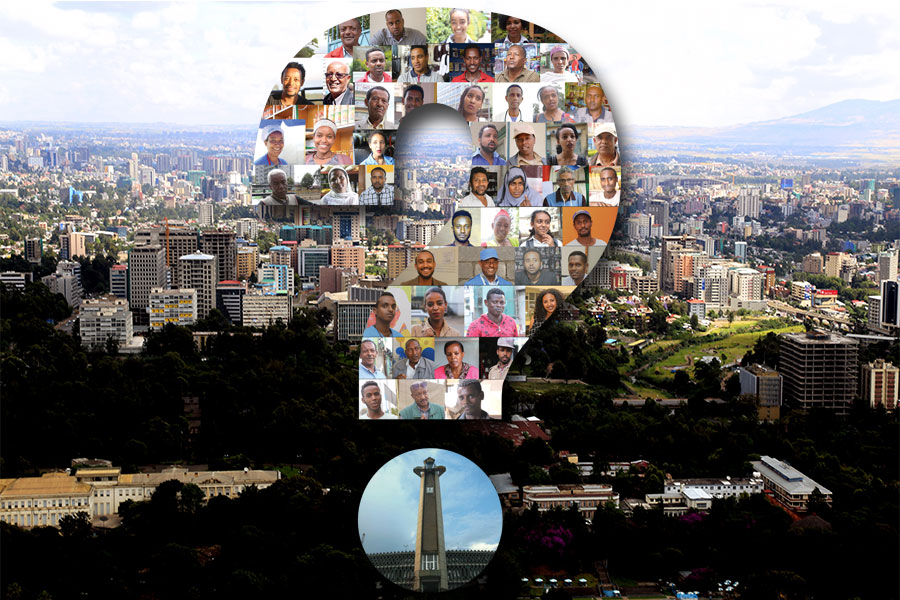
Photo Gallery | 164038 Views | Apr 26,2019

Photo Gallery | 154098 Views | Oct 06,2021

My Opinion | 136582 Views | Aug 14,2021
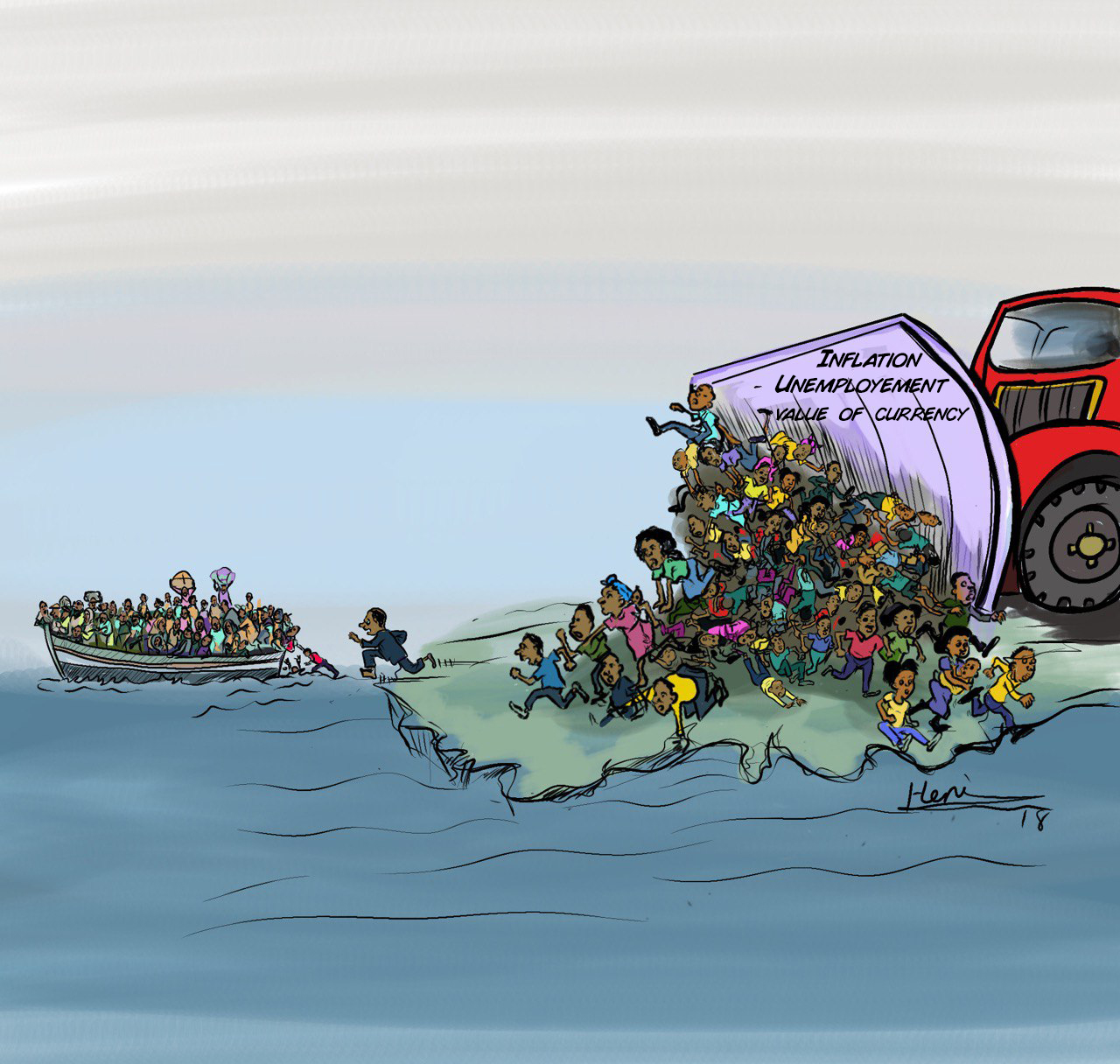
Oct 11 , 2025
Ladislas Farago, a roving Associated Press (AP) correspondent, arrived in Ethiopia in...
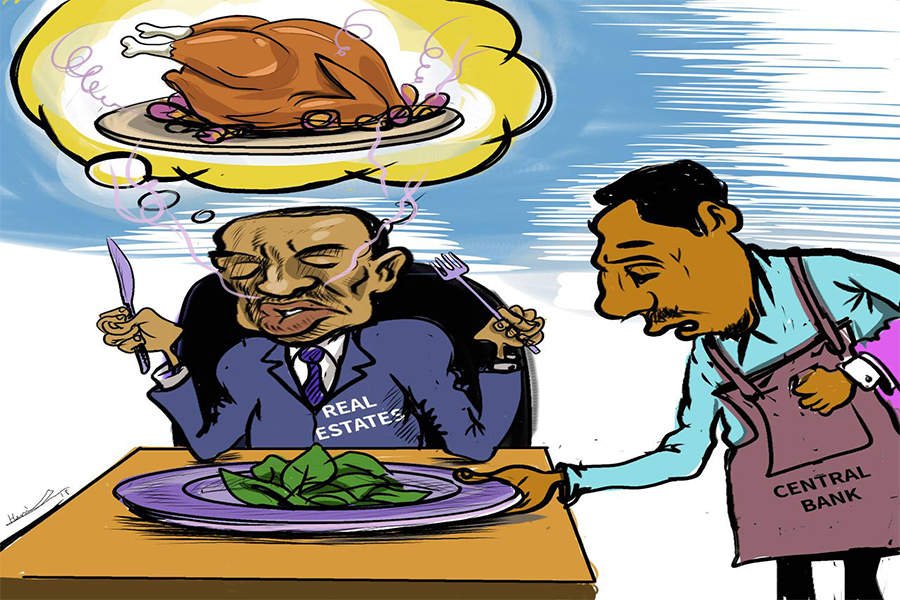
Oct 4 , 2025
Eyob Tekalegn (PhD) had been in the Governor's chair for only weeks when, on Septembe...
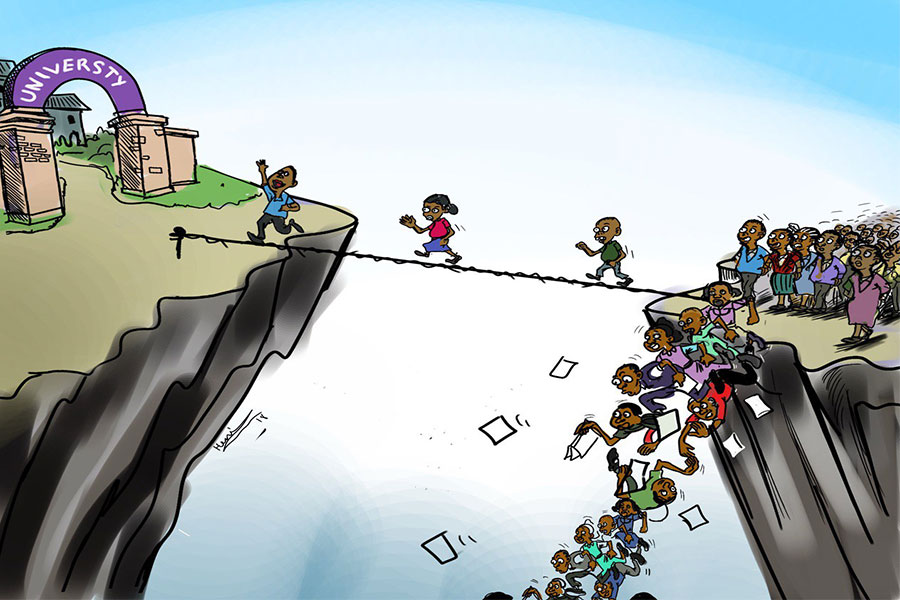
Sep 27 , 2025
Four years into an experiment with “shock therapy” in education, the national moo...
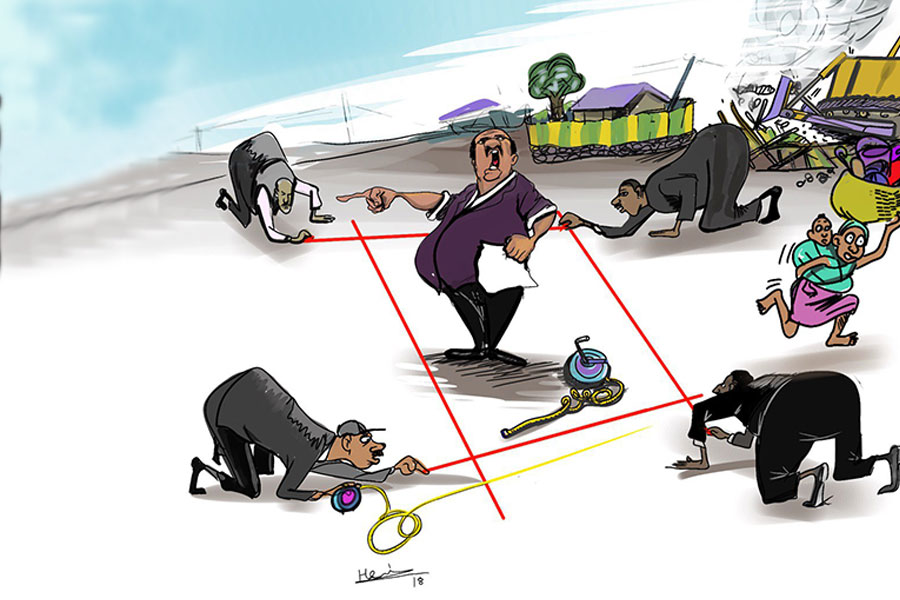
Sep 20 , 2025
Getachew Reda's return to the national stage was always going to stir attention. Once...